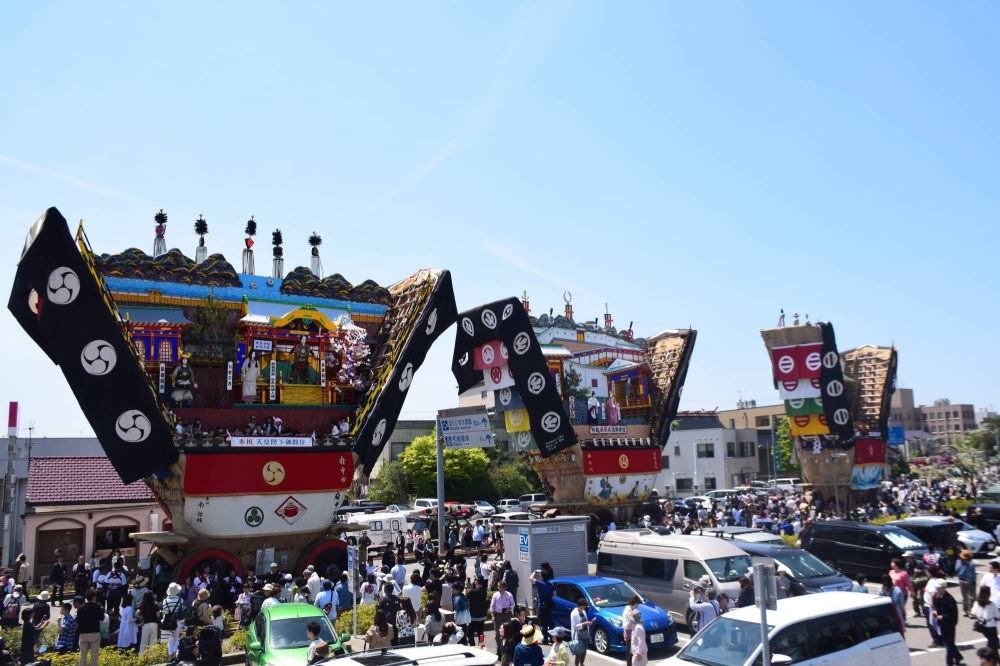A float festival that features on UNESCO’s Intangible Cultural Heritage list will not be held this year in the aftermath of the massive earthquake that struck Ishikawa Prefecture’s Noto Peninsula on New Year’s Day.
The “dekayama” float ritual of the Seihaku Festival is usually held in the city of Nanao, Ishikawa Prefecture, between May 3 and 5. It involves huge dekayama floats parading through the streets of Nanao.
On Wednesday, a local group that preserves the ritual held a meeting, and all participants agreed to skip the event this year. They found it difficult to ensure safety after the magnitude 7.6 earthquake caused bumps on the roads and as aftershocks continue.
“After reconstruction progresses in Noto, we hope to hold (the ritual) as a symbol (of the region’s resurrection),” a participant of the meeting said.
Last year, the float ritual was held on a full scale for the first time in four years after being affected by the COVID-19 pandemic in recent years.
According to the city of Nanao, the Seihaku Festival began in 981. The float ritual is believed to date back to 1473, when floats were introduced to emulate the Gion Festival in the city of Kyoto.
The Seihaku Festival is considered to be one of the biggest festivals in the Noto area. At the heart of the event, three 12-meter-high floats, each weighing around 20 metric tons, parade through the streets of Nanao.

